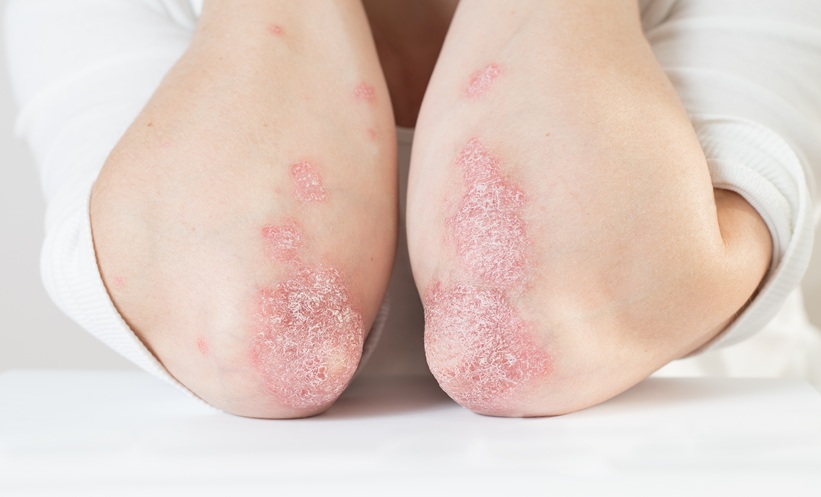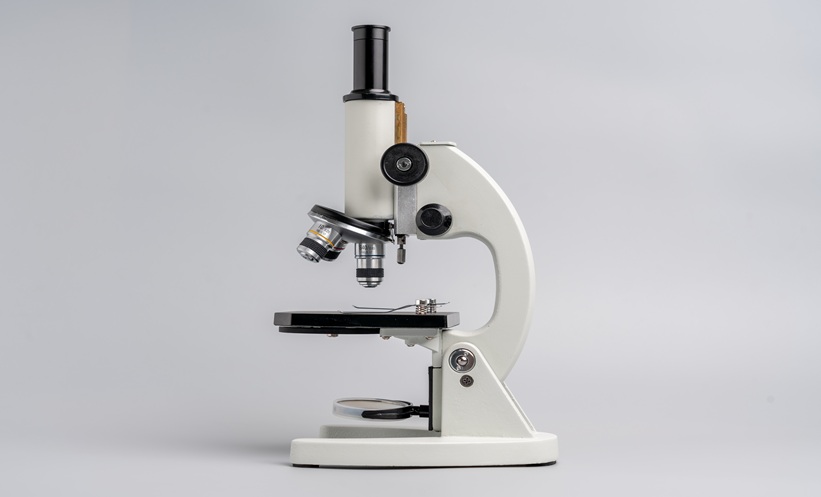Abstract
Gram-negative infection of the toe web space is less frequent than dermatophytes and yeasts, but it is more challenging, especially with the involvement of Pseudomonas aeruginosa in relation to antibiotic resistance and the increased risk of potentially lethal complications. Many conditions, other than infections, might initially present with the same clinical features, recognising the common initial damage (intertrigo), due to skin-on-skin rubbing in a moist environment with air entrapment, which is typical of interdigital spaces. Conditions such as contact eczema, atopic dermatitis, and inverse psoriasis, frequently predispose to, and are maintained by, the intertrigo, triggering a vicious circle. The dermatologist is in a lead position to address the correct assessment and management. A careful screening for predisposing factors is necessary: overweight, diabetic, but also athletes or people attending swimming pools, gyms, public showers/dressing rooms, and thermal baths are also at an increased risk of intertrigo of the toe web spaces. Occupational activities other than recreational might be relevant, such as the use of safety shoes or working in wet warm conditions. Incongruous therapy for tinea pedis or contact dermatitis, frequently auto-prescribed, might be among promoting factors altering the microbial ecosystem balance. The aim of this review is to evaluate the main epidemiologic and clinical features of Gram-negative bacteria intertrigo, the role of promoting factors, and the measures taken to treat and prevent this disorder. Appropriate treatment and patient education are crucial to prevent further infection and relapses.
Please view the full content in pdf above.








